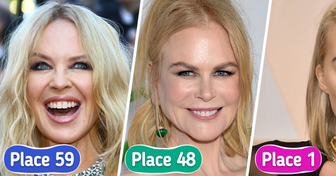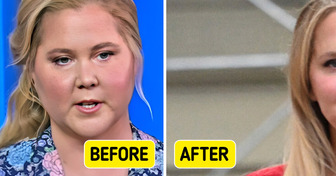According to Science, These 9 Celebrities Have the Most Beautiful Bodies

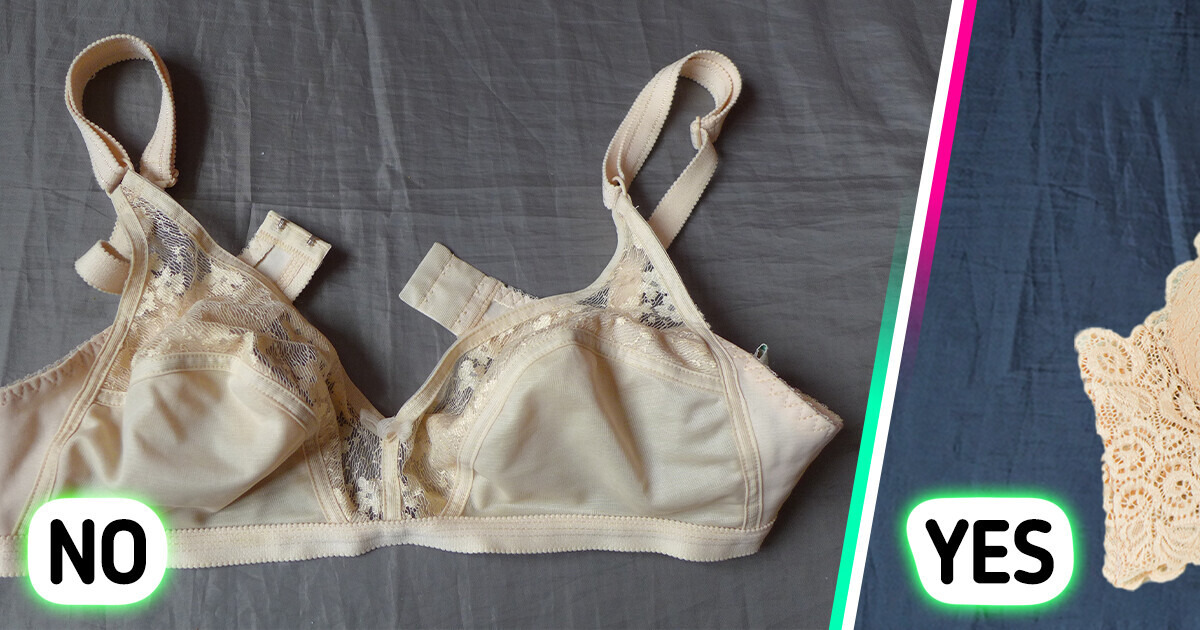
Research shows that about 80% of women wear the wrong bra size. While this might seem insignificant, an ill-fitting bra can lead to persistent breast, shoulder, and neck pain. Furthermore, choosing a style that ensures comfort becomes much easier once you know what you’re looking for. With some prior planning, you can find the perfect bra for any occasion.
Non-wired bras can do it pretty well, but you should pay attention to the details of the bra and how it was made:
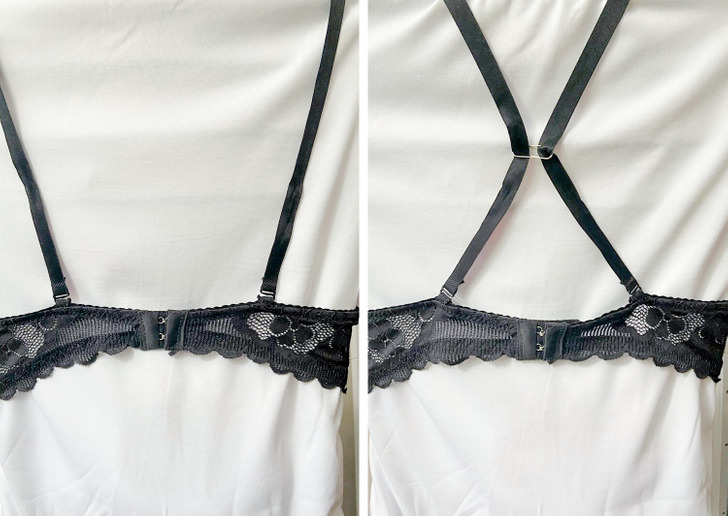
Your straps shouldn’t provide the majority of the support. If you rely on the shoulder straps to keep your breasts lifted, you might need a smaller band size. If your shoulders are sloping or narrow, try a bra with a leotard back, a racerback style, or use a special clip to keep your straps from slipping off.
You might have heard that the wire blocks lymph drainage. This is why the toxins might not leave the body as they should, causing tumors. Fortunately, there’s no scientific ground to support this claim. Lymph continues to circulate the body, even if you wear tight clothes that are pressing on the body.
To prove this, a study published in September 2014 in Cancer Epidemiology, Biomarkers & Prevention showed that no aspect of bra wearing, including bra cup size, recency, and the average number of hours/day worn, was associated with cancer. At the same time, it’s better not to wear underwire bras when breastfeeding because it can decrease your milk supply.
The first thing to mention is that a well-constructed, non-wired bra can support breasts just as well as a wired bra. Besides, it’s recommended for teenagers, pregnant and breastfeeding women, and also for women after surgeries.
But soft bras have their cons too. They lose their shape quickly because it’s less structured than in wired bras. And everyday activity and motion can move the cups and cause discomfort. Moreover, wearing non-wired bras can sometimes lead to saggy breasts. And women with bigger breasts need more support than non-wired models can offer.
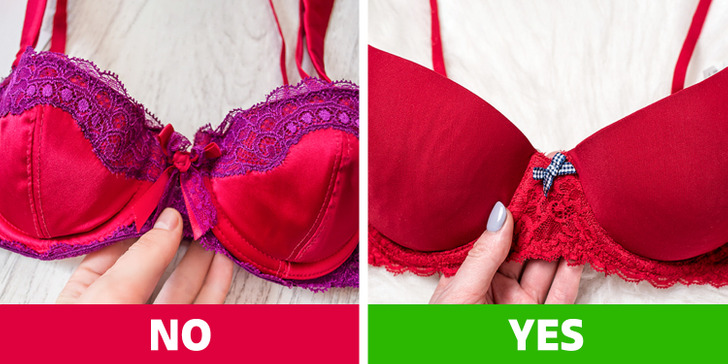
Underwire bras are great because, thanks to their structure, they offer better lift and support. This is why they are perfect for women with bigger breasts but not so good for someone with smaller breasts.
Underwire bras have disadvantages too. The biggest one is that if it’s too tight, the wire may press too hard on your chest and ribs. In some cases, a tight bra can even change the shape of the breasts and lead to pain. Besides, underwire bras can cause irritation, red spots, and rash when worn for too long. Also, such bras are not good for teenagers nor for women who are pregnant or breastfeeding.
Think about the purpose of the bra you’re buying. Is it an everyday bra to wear under a t-shirt? Do you often wear low-cut shirts, or are you planning to wear a backless dress? Maybe you need one versatile bra that fits various needs? There are numerous styles, cuts, and fits to choose from. A seamless bra is a great everyday option for wearing under t-shirts or other form-fitting clothes, as it remains nearly invisible underneath.
Don’t miss our other article, where we highlight key considerations for choosing a new pair of jeans.

